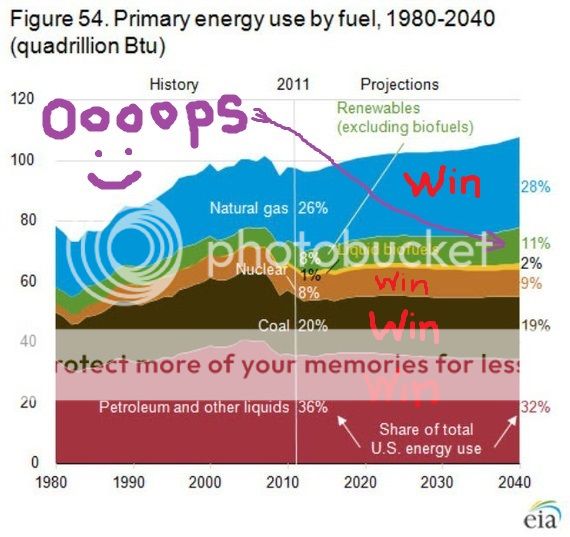In the data provided by Averyt et al. (2011) and UCS (2012),
with water use factors by Macknick et al. (2011), consumption factor estimates for solar PV range from 0 to 33 gallons/MWh, with a median value reported at 26 gallons/MWh. These factors were considered for determining O&M water use for the expanded database, however in order to calculate water consumption, an estimate of the electricity generation is necessary, and this data was not readily available. In addition, PV systems don’t require active cooling like traditional power plants, with O&M water use only for washing panels and potable usage for those monitoring activities at the site. It follows that calculating O&M usage would be more accurate as a function of the total size of the PV power plant (number of modules, or area covered) rather than the production output in units such as MWh/yr. For these reasons, the approach developed in the BLM PEIS Methodology was utilized as it represents the most current research on water use estimates for large utility-scale PV facilities. There are a few cases where estimates are made based on generation to allow for a comparison between PV and CSP facilities. It should be noted that these estimates using BLM data cannot be truly validated until large facilities are built, and water use data is reported to the BLM, the US Energy Information Administration (EIA) or other agencies.
http://energy.sandia.gov/wp/wp-content/gallery/uploads/SAND2013_5238.pdf
First, thank you for the site, Elektra. I had been looking for a credible estimate of the use of water by PV installations for quite a while.
So, the estimate for use after construction for PV utility grade installations is about 26 gallons per Megawatt.
Let us compare that with coal fired plants;
How it Works Water for Coal Union of Concerned Scientists
Coal-fired power plants, which produce almost half of the country’s electricity, have significant impacts on water quantity and quality in the United States. Water is used to extract, wash, and sometimes transport the coal; to cool the steam used to make electricity in the power plant; and to control pollution from the plant. The acts of mining and burning coal, as well as dealing with the waste, also can have major effects on water quality.
[paste:font size="4"][1] Table 1 shows water requirements in gallons per megawatt-hour (MWh, or thousand kilowatt-hours) of electricity production. (Despite their name, dry-cooling systems still require water for system maintenance, cleaning, and blowdown, as explained below).[2]
Table 1: Water requirements for cooling by type in gallons per megawatt-hour for conventional coal power plants[3]
The choice of cooling system used in a coal plant affects not only its water requirements but also the efficiency of the power plant as a whole. According to estimates by the U.S. Environmental Protection Agency (EPA), coal plants that use dry cooling produce about seven percent less power than those that use wet-recirculating systems.[4] Because coal power derives all of its energy from producing steam, dry cooling has a greater impact on the efficiencies of coal-fired plants than on most natural gas-fired ones. [5],[6]
So, with coal, we are looking at 500 gallons to 50,000 gallons per Megawatt.
Quite a comparison to the 26 gallons per megawatt for PV.







